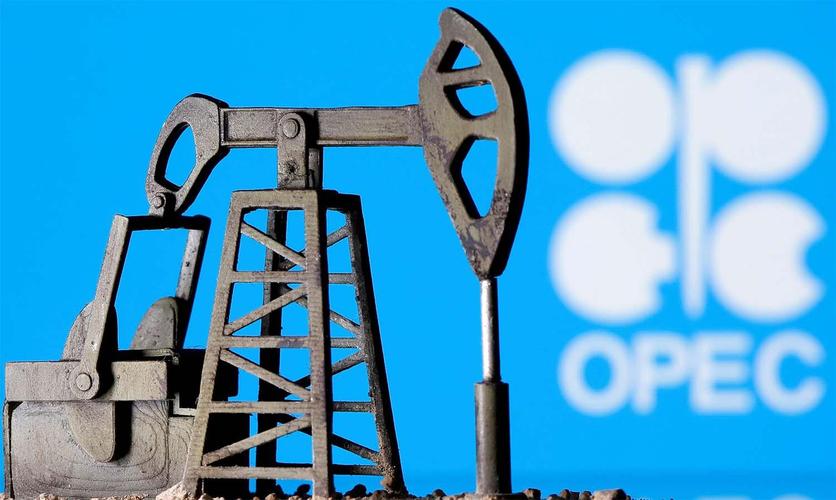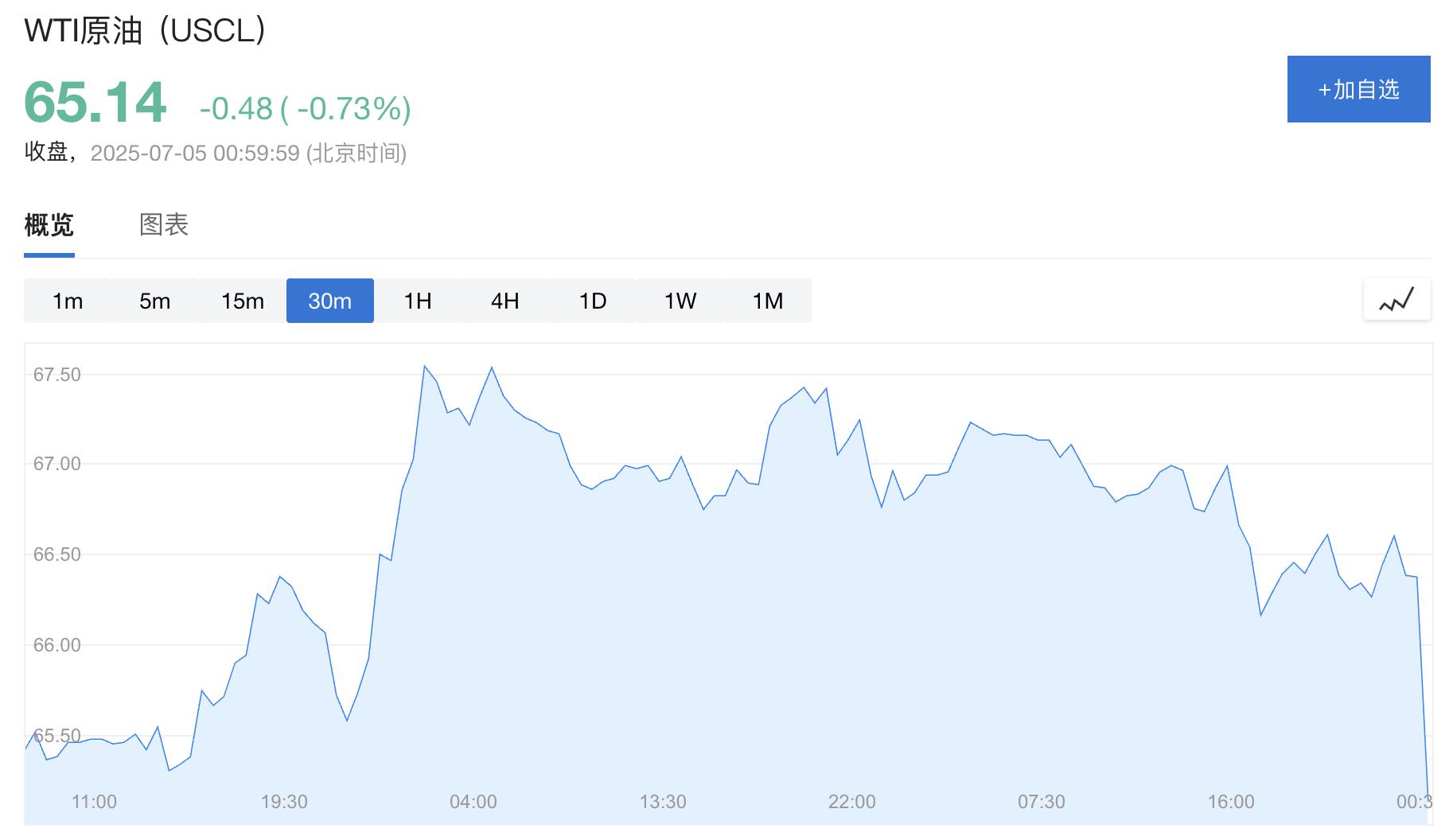
On July 5, representatives of the OPEC+ led by Saudi Arabia agreed in principle at a virtual meeting on Saturday to increase production by about 550,000 barrels per day next month, according to media quotes. The increase exceeded consensus expectations of 411,000 b/d.
This potential acceleration reflects a major shift in OPEC+'s policy direction this year. The group phased back its latest 2.2 million b/d cut starting in April and then increased it to 411,000 b/d per month in May, June and July, even as additional supply weighed on crude prices.
OPEC+ is accelerating the restart of spare capacity and agreed to increase production more than expected next month. The move is part of its aggressive strategy to regain market share, but it also heightens the risk of a global oversupply of crude oil, which could put further pressure on oil prices.
Behind Saudi Arabia's eagerness to restart production capacity
According to media officials quoted by relevant officials, Saudi Arabia is particularly eager to restart more spare capacity as soon as possible. If next month's plan goes ahead, OPEC+ is on track to increase production by a similar magnitude in September, eventually resuming its previously halted 2.2 million b/d production target. A delegate also revealed that specific plans for September could be discussed at Saturday's meeting.
What does this mean? Saudi Arabia hopes to quickly return to the previous production capacity level by increasing production for several months, which shows their confidence in the market and their determination to seize share.
The eight member states participating in the meeting were: Saudi Arabia, Russia, the United Arab Emirates, Kuwait, Oman, Iraq, Kazakhstan and Algeria. As of July's production decision, the eight members had already announced or implemented an increase of 1.37 million b/d, or 62% of the 2.2 million b/d cuts they were reversing.
These member countries have already completed most of the increase in production, and the remainder will be gradually realized over the next few months.
OPEC+, led by Saudi Arabia, is accelerating its capacity restart, planning to fully restore the 2.2 million b/d production it had previously halted by increasing production for several months. At present, the eight major member countries have achieved more than 60% of the production increase target, showing the concerted action within the alliance.
The pace of production increase is accelerating: who is "fouling"?
According to a previous report by Reuters, the accelerated pace of production increases is partly due to the violation of quota limits by some OPEC+ members. For example, countries such as Kazakhstan have significantly exceeded their targets, much to the displeasure of members who are strictly adhering to the cut agreement. In other words: some countries are not playing by the rules and are overexceeding, resulting in an overall increase in production faster than expected.
This kind of "foul" behavior is a bit unpleasant for countries that honestly follow the rules. After all, everyone agreed on a set of rules of the game, and as a result, someone secretly added the code, which was obviously unfair to the other participants.
There is another important reason behind OPEC+'s accelerated production increase: it faces growing supply competition from other oil producers, such as the United States. To put it simply, OPEC+ wants to expand its market share by increasing production and ensure that it remains competitive in the global crude oil market. In this highly competitive market, OPEC+ wants to increase production to grab more share, rather than ceding it to the United States and other oil producers.
Oil prices fluctuated on Friday in anticipation of an increase in production. WTI crude oil fell 1.5% at one point, but narrowed its losses by the end of the day. The market was sensitive to the news of the increase in production, fearing that the oversupply would lead to a drop in oil prices. But with more disclosures, investor sentiment has gradually stabilized.

OPEC+ has accelerated the pace of production increases, in part because some members have exceeded their quotas, and the organization has also responded to competitive pressure from oil producers such as the United States. Nevertheless, the expectation of an increase in production has had a short-term impact on oil prices, but market sentiment is gradually returning to stability.
Oversupply and expectations of falling oil prices
First, the Paris-based International Energy Agency (IEA) predicts a "sizable oversupply" in the market later this year. In other words: there is too much crude oil on the market, and there may be more supply than demand.
At the same time, some big banks have given their opinions: JPMorgan Chase and Goldman Sachs, among others, expect oil prices to fall to $60 per barrel or less in the fourth quarter. What does this mean? Experts believe that oil prices may continue to fall in the coming months, even falling below the psychological threshold of $60.
In addition, there is an element of uncertainty: President Trump's trade war. The trade war has not only affected the global economy, but has also created more uncertainty about the outlook for crude oil demand. The trade war could lead to a slowdown in the global economy, which in turn would reduce demand for crude oil, which is not good news for oil prices.
The International Energy Agency predicts a significant oversupply later this year, while institutions such as JPMorgan Chase and Goldman Sachs expect oil prices to fall to $60 a barrel or less in the fourth quarter. At the same time, Trump's trade war could also further shock the global economy and increase uncertainty about demand.
For investors, this means that global supply and demand changes and geopolitical situations need to be closely monitored, and any major event can trigger oil price volatility. It is also important to keep an eye on the state of the global economy, especially the development of the trade relationship between China and the United States, as this will directly affect the demand for crude oil.





